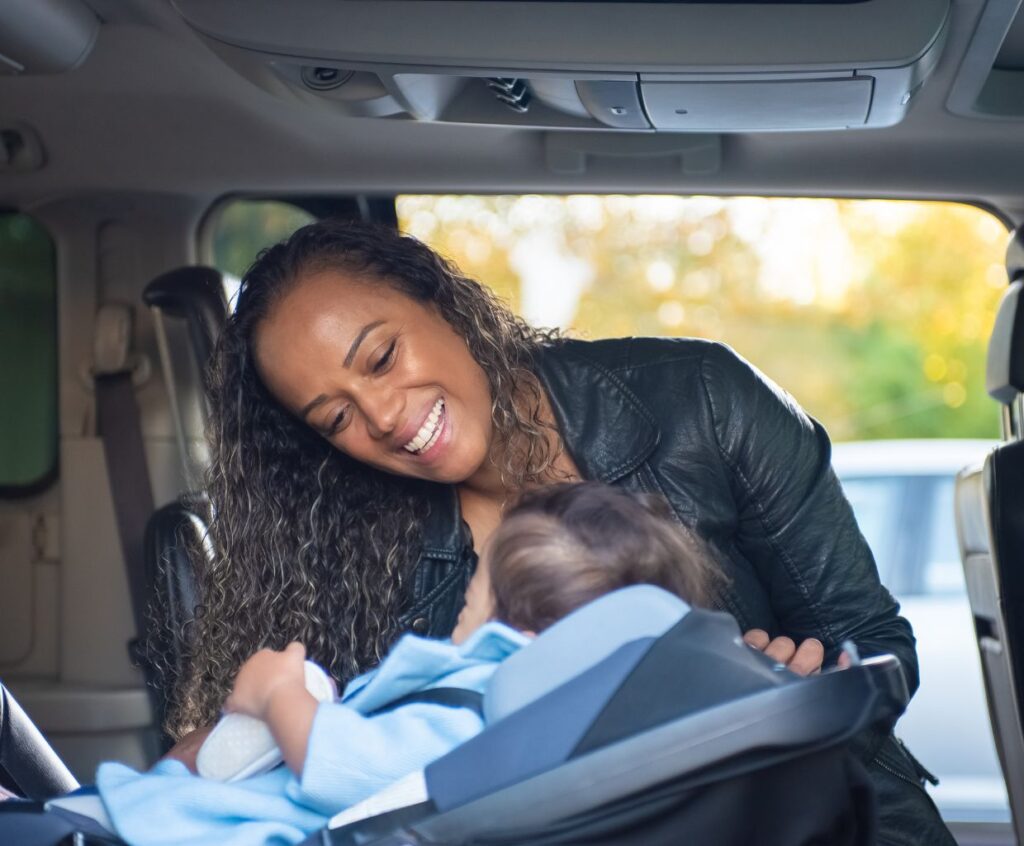The Best Baby Car Seats: A Comprehensive Guide to Child Safety on the Road
When it comes to the safety of our little ones, there is no room for compromise. As parents, guardians, or caregivers, ensuring our babies are secure and protected during car journeys is paramount. That’s where baby car seats come into play.
Choosing the best baby car seat can be a daunting task, given the plethora of options available in the market. However, with the proper knowledge and guidance, you can make an informed decision that guarantees your child’s safety on the road.
Why are baby car seats crucial?
Before delving into the best baby car seats on the market, it’s essential to understand why they are crucial for child safety during car rides.
Car seats are specifically designed to protect infants and young children in the event of an accident or sudden braking. They provide a secure and comfortable environment, reducing the risk of injury and ensuring their safety.
Additionally, baby car seats are essential for complying with legal requirements. Many countries have laws mandating the use of appropriate car seats for children up to a certain age or weight, and failure to adhere to these laws can result in fines or penalties.
Factors to consider when choosing a baby car seat
Now that we understand the importance of baby car seats let’s explore some key factors to consider when selecting one:
Safety Features:
-
- Look for seats with a five-point harness system for optimal security.
-
- Ensure the seat meets or exceeds safety standards set by regulatory bodies.
-
- Consider additional safety features like side-impact protection and energy-absorbing foam.
Size and Fit:
-
- Ensure the seat fits your vehicle properly and can be installed securely.
-
- Consider the weight and height limits of the seat to ensure it will accommodate your child as they grow.
Comfort and Convenience:
-
- Look for seats with comfortable padding and adjustable features for a snug fit.
-
- Consider ease of installation and portability if you frequently switch vehicles.
Reviews of the safest baby car seats on the market
1. Chicco KeyFit 30: This car seat is known for its excellent safety features, including a five-point harness system and energy-absorbing foam. It also has a user-friendly installation process.
2. Britax Marathon ClickTight: This car seat is known for its ClickTight installation system, which makes it easy to secure the seat properly. It also has a steel frame and side-impact protection for added safety.
3. Graco 4Ever DLX: This car seat is designed to grow with your child, offering extended rear-facing and forward-facing options. It has a steel-reinforced frame and energy-absorbing foam for maximum safety.
4. Maxi-Cosi Pria 85 Max: This car seat offers advanced safety features, including Air Protect side-impact protection and an adjustable headrest with built-in cushions for added comfort and safety.
5. Evenflo Symphony DLX: This car seat is known for its SureLatch installation system and e3 side-impact protection. It also has three layers of foam for maximum safety and comfort.
When choosing a car seat, you must consider factors such as crash test ratings, ease of installation, and comfort for your child. Additionally, always follow the manufacturer’s guidelines and adequately secure the car seat in your vehicle.
Safety tips for installing a baby car seat correctly
Installing a baby car seat correctly is crucial for the safety of your child while traveling. Here are some essential tips to ensure you install the car seat properly:
1. Read the car seat manual: Each has a detailed instruction manual. Before installation, thoroughly read and understand the manual to ensure you follow the correct installation process.
2. Choose the right seat: Select a car seat appropriate for your child’s age, weight, and height. Ensure the car seat is rear-facing for infants and toddlers until they reach the recommended weight and height limits.
3. Position the car seat correctly: Install the car seat in the back seat of the vehicle, preferably in the middle. This provides the maximum protection in case of an accident. Avoid installing the car seat in front of an active airbag.
4. Secure the car seat tightly: Use either the vehicle’s seat belt or the LATCH system (Lower Anchors and Tethers for Children) to secure the car seat. Follow the manual’s instructions to ensure a tight and secure installation. The car seat should not move more than an inch in any direction.
5. Check the recline angle: Ensure the car seat is reclined correctly. Most car seats have built-in recline indicators or adjusters to help achieve the proper angle. A rear-facing seat should have a slightly reclined position to support the infant’s head and keep the airway open.
6. Use the harness correctly: Buckle your child into the car seat with the harness straps snugly secured. The harness should be at or below the child’s shoulders for rear-facing seats and at or above the shoulders for forward-facing seats. Ensure the harness is tight enough that you cannot pinch any excess strap material.
7. Avoid bulky clothing: Remove bulky clothing, such as coats or jackets, before securing your child in the car seat. These can prevent the harness from fitting correctly and may compromise your child’s safety.
8. Regularly inspect and adjust: Periodically check the car seat for any loose parts, frayed straps, or damage. Make necessary adjustments to ensure the seat remains securely installed.
Remember, it is always recommended to have a certified child passenger safety technician inspect your car seat installation to ensure it meets all safety requirements.

